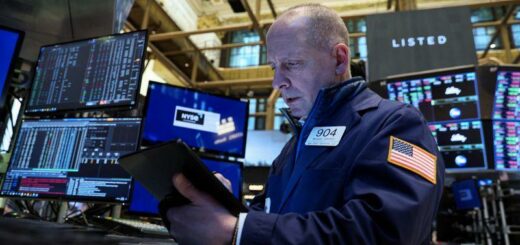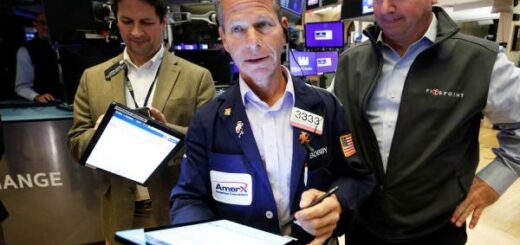Consumer costs high rises the almost in more than thirty years

Tension is ascending on the Federal Reserve after the greatest spike in shopper costs in more than 30 years, three market investigators said Wednesday.
U.S. buyer costs sped up at the quickest yearly speed in over 30 years as production network bottlenecks and materials deficiencies endured and gas costs flooded.
Market investigators to a great extent observed the more sultry than-anticipated numbers, saying the Fed could be constrained right into it if the information keep on demonstrating inflationary.
The purchaser value record climbed 6.2% year over year in October, the Labor Department said. The increment denoted the biggest yearly addition since November 1990. Costs rose 0.9% month over month.
The Labor Department’s buyer cost list rose 6.2% year over year in October, its biggest increment since December 1990. Yearly center swelling rose at the quickest pace since August 1991.
Investigators reviewed by Refinitiv were anticipating that prices should rise 0.6% in October and 5.8% yearly.
“Expansion is widening out,” said Greg McBride, boss monetary expert at Bankrate. “Notwithstanding food, energy, and haven proceeding to post outsized month to month increments, new and utilized vehicle costs are by and by moving into overdrive.”
“Tune in, stocks love expansion until the Fed quits fooling around with it and they have not been not kidding about it. We will see. They will get another expansion report in December or November before their December fifteenth gathering. In case it is anyplace similar to it is today, I figure the strain on [Fed Chairman Jerome] Powell will be only colossal to descend a lot more grounded than he has up until now.”
Energy costs bounced 4.8% last month, and were up 30% over the previous year. The October increment was generally the consequence of a 6.1% ascent in the expense of fuel.
Center costs, which reject food and energy, expanded 0.6% month more than month and 4.6% in the course of recent months. Financial experts were expecting separate increments of 0.4% and 4.3%.
Wednesday’s more smoking than-anticipated report unquestionably grabbed the eye of the Federal Reserve, which recently declared designs to tighten its $120 billion every month in resource buys while paying heed to “raised” expansion. The national bank actually anticipates that inflation should be “temporary.”
Additionally adding to the ascent were new and utilized vehicle costs, which in October rose 1.4% and 2.5%, separately. Costs for new vehicles were 9.8% above year-prior levels while utilized vehicle costs were up 26.4% from October 2020.
“We’re seeing early indications of an inflationary flood that is probably going to endure, with organizations reacting to rising information costs with cost increments of their own, which thus causes higher info costs for other people,” said Brad Armstrong, accomplice at Lovell Minnick Partners. “It’s a cycle that rehashes the same thing.”
The Fed will not long from now start downsizing its acquisition of Treasurys and home loan upheld protections by $15 billion every month, which puts its resource buy program poised to end in June. Markets are as of now estimating in the top notch climb to happen in July 2022.
Disclaimer: The views, suggestions, and opinions expressed here are the sole responsibility of the experts. No STOCKS MONO journalist was involved in the writing and production of this article.



